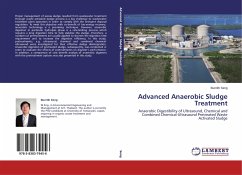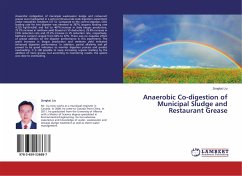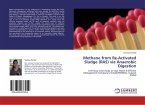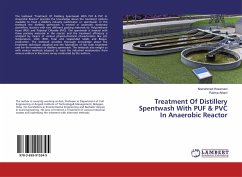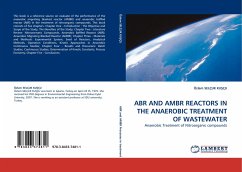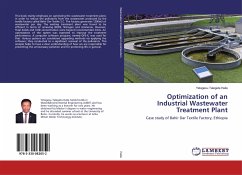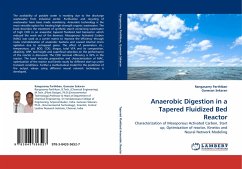Proper management of excess sludge resulted from wastewater treatment through waste activated sludge process is a big challenge to wastewater treatment plant operators in order to comply with the stringent disposal regulation. To meet this objective with co-benefit of bio-energy recovery, anaerobic technology is a promising technique. However, anaerobic digestion in particular hydrolysis phase is a rate-limiting process which requires a long digestion time to fully stabilize the sludge. Therefore, a numbers of pretreatments are usually applied to shorten the digestion time requirement and to increase the digestion efficiency. In this study, pretreatments, e.g. ultrasound, chemical and combined chemical-ultrasound were investigated for their effective sludge disintegration. Anaerobic digestion of pretreated sludge, subsequently, was conducted in order to evaluate the effects of pretreatments on digester''s performance. In addition, a comparison of cost benefit analysis of anaerobic digesters with the pretreatment options was also presented in this study.
Hinweis: Dieser Artikel kann nur an eine deutsche Lieferadresse ausgeliefert werden.
Hinweis: Dieser Artikel kann nur an eine deutsche Lieferadresse ausgeliefert werden.

